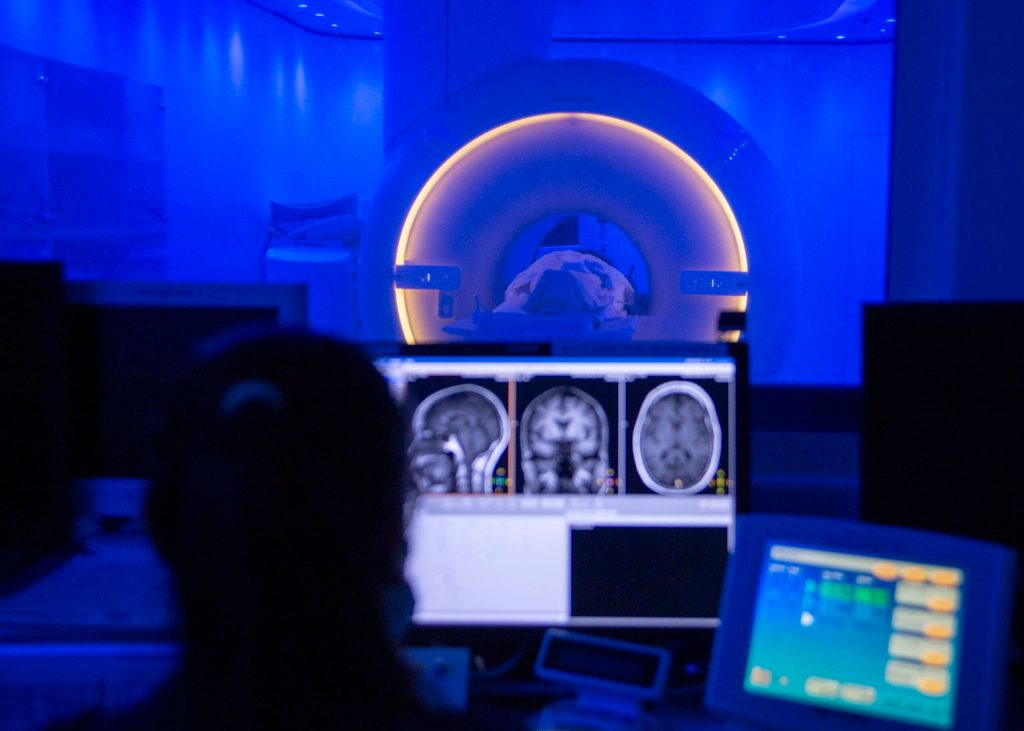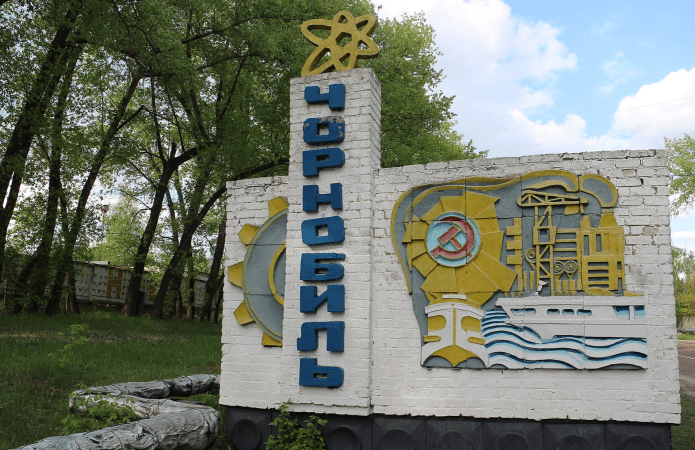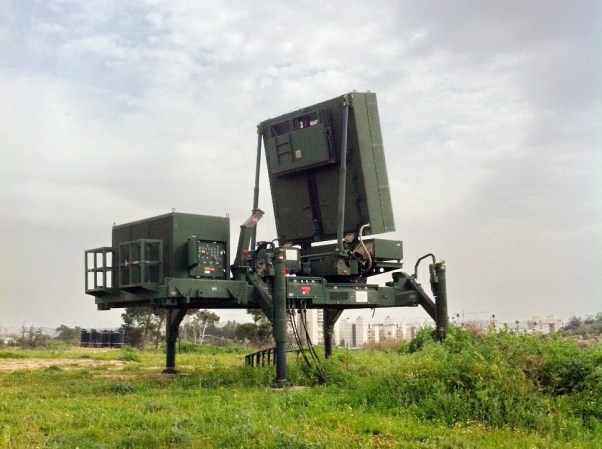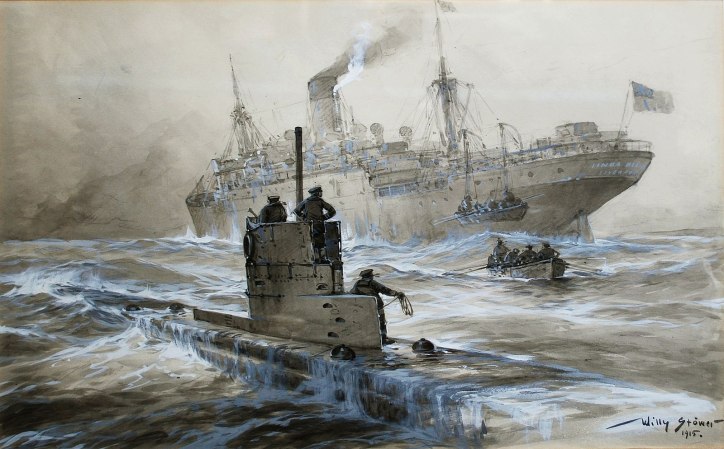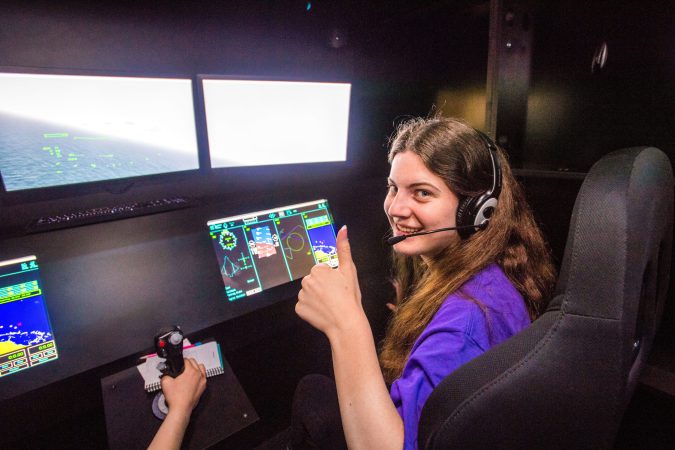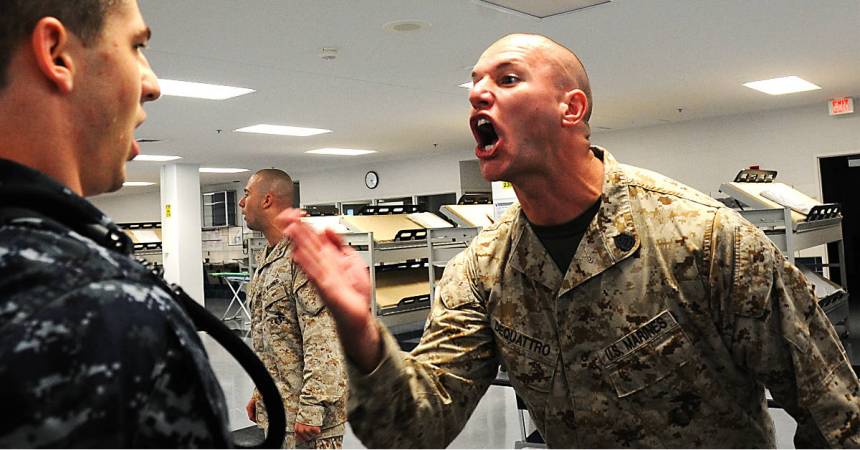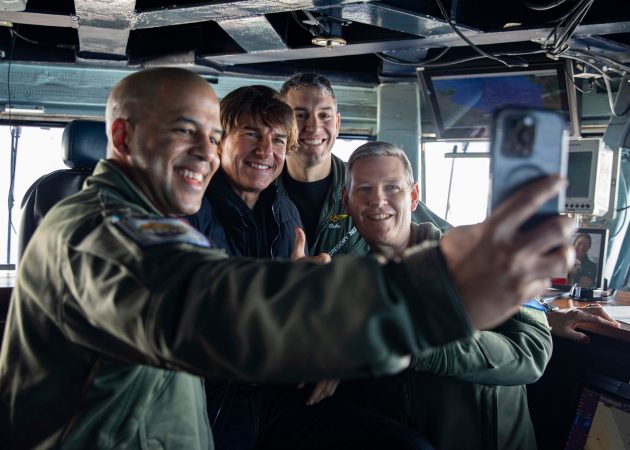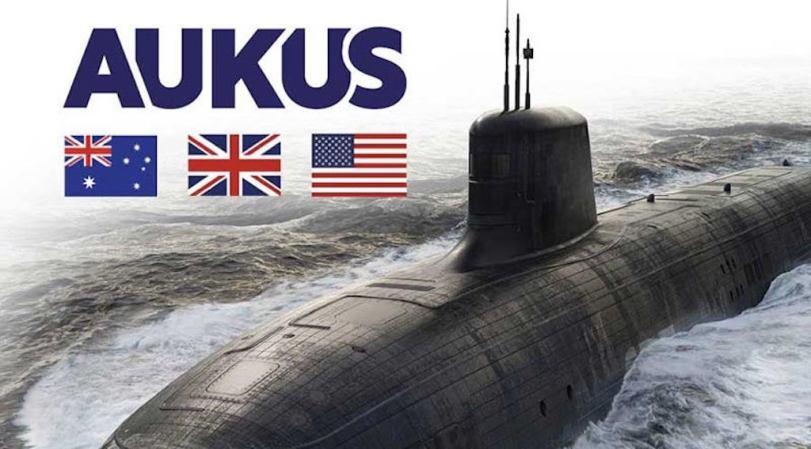There’s no denying that Uncle Sam has had a big impact on the world we live in today. Without the government’s involvement, we would be missing some of our most-used items to-date. That includes food, scientific advancements, and more.
Take a look at some of the most common items you never knew were made possible by the U.S. government.
Barcodes
Barcodes are still placed today on virtually everything you buy – it’s how computers scan items and clock what it is and how much it’s worth. Before they were a mainstay in the retail world, they were brought to life by the National Science Foundation in 1974. It was created as a way to increase “computer vision” and later improved in the 1990s. The original credit goes to engineer George Laurer, who coined UPC or universal product code.

EpiPen
Made to treat allergic reactions, an epi-pen is a quick-use device that delivers epinephrine directly to the bloodstream. It’s used in times of allergic reactions or potential anaphylaxis. The EpiPen was brought to market in 1983, but not approved by the FDA until 1987. The injection-style treatment was invented as part of survival training in Bethesda, Maryland by Sheldon Kaplan for Survival Technology, Inc., STI. (Kaplan was later inducted into the Inventor’s Hall of Fame for his work.)
The Pentagon approached the STI about quickly delivering a large portion of medicine, specifically for a nerve agent antidote. They stepped in to help with the completion of designing the item, coming up with the ComboPen for the Department of Defense.
MRIs
As in, magnetic resonance imaging machine that is often used in airports and hospitals alike. It’s a technology that shows what’s inside a person, suitcase, etc. Back in 1946, it was created by the NSF to study atomic nuclei. In years since, it’s been adapted to become an important medical and security tool.
Lactose-free milk
Back in 1985, the USDA’s Agricultural Research Service created a process to remove lactose from dairy products, including milk, yogurt and ice cream. This was done by introducing an enzyme that breaks down the substance, lactose, that many people cannot digest.
Baby formula
Yes, baby formula was invited by Uncle Sam. That is, fortified formula as we know it today. When NASA scientists were studying various substances that could thrive in space, they found a combination of oxygen and other nutrients that are prevalent in human breast milk. Specifially, with omega-3 fatty acids. That was turned into government-sponsored Formulaid, which is now added to 90% of baby formulas in the United States.

Smartphones
Maybe the most-used invention to-date, the smartphone is also possible thanks to the involvement of the U.S. government.
In the early 1990s, while working on mini cameras for spacecraft, NASA developed the image sensors that made smartphones, as well as webcams and digital single-lens reflex cameras, possible today. Then, University of Delaware researchers made touch screens using CIA and NSF funding, ultimately resulting in the refined phone technologies users have today.

